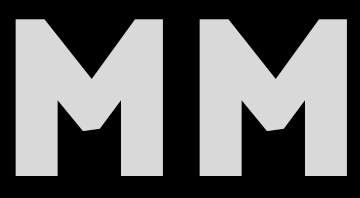
There is no denying the fact that purchasing a home is one of the biggest investments that people make in their lifetime. While many opt for home finance to make this dream a reality, it also comes with a major obligation – the repayment of the housing loan.
Partial Prepayment of Housing Loans
Fortunately, home finance lenders offer a flexible repayment schedule known as the Equated Monthly Instalment (EMI), which provides borrowers with some breathing room as they repay their housing loan. However, the borrower also has the option of making partial or full prepayments towards their housing loan. Here are the pros and cons of partial vs. full prepayment of housing loans. Partial prepayment entails making extra payments towards the outstanding principal amount of the housing loan while maintaining the regular EMI schedule. Here are the pros and cons of partial prepayment of housing loans:
Pros:
- Reduced Overall Interest Payments: Making a partial prepayment will reduce the principal amount of the housing loan, thereby reducing the overall interest payments.
- Increased Savings: Reducing the overall interest payments will lead to more substantial savings in the long run, thereby reducing the burden of the housing loan on the borrower.
- Improved Credit Score: Consistently making partial prepayments on a housing loan will reflect positively on the borrower’s credit score, reflecting good financial discipline.
Cons:
- Risk of Prepayment Penalty: Some lenders may charge a prepayment penalty on the partial prepayment of the housing loan. Under such circumstances, it is essential to weigh the benefits before committing to prepayment.
- Reduced Monthly Savings: Making a partial prepayment towards the housing loan will decrease the monthly savings, which could impact the borrower’s financial planning.
Full Prepayment of Housing Loans
Full prepayment is the complete repayment of the outstanding principal amount of the housing loan in one go. Here are the pros and cons of full prepayment of housing loans:
Pros:
- Zero Debt Burden: Full prepayment of a housing loan means zero debt burden, which provides financial freedom and peace of mind.
- Savings on Interest Payments: By repaying the outstanding principal amount in full, the borrower will save a considerable amount on interest payments.
- Positive Impact on Credit Score: A fully paid-off housing loan will reflect positively on the borrower’s credit score, leading to better creditworthiness.
Cons:
- Significant Cash Outflow: Full prepayment of a housing loan requires significant cash outflow, which might not be feasible for every borrower.
- Loss of Tax Deductions: Tax deductions are available on the EMI payments towards the housing loan. However, on full prepayment, the borrower might lose out on these deductions.
- Reduced Liquidity: Full prepayment of a housing loan requires a considerable amount of savings, which could drain the borrower’s liquidity.
Conclusion
Whether to opt for partial or full prepayment of a housing loan entirely depends on the borrower’s financial situation. If the borrower has adequate savings and can bear the cost of full prepayment, then it is advisable to do so, as it offers complete financial freedom. However, if the borrower prefers to maintain liquidity and savings, then partial prepayments are a viable option. It is essential to weigh the pros and cons carefully and evaluate which option is best suited to the individual’s financial situation. Ultimately, the goal is to repay the housing loan as soon as possible, as it frees up finances and provides financial stability.








